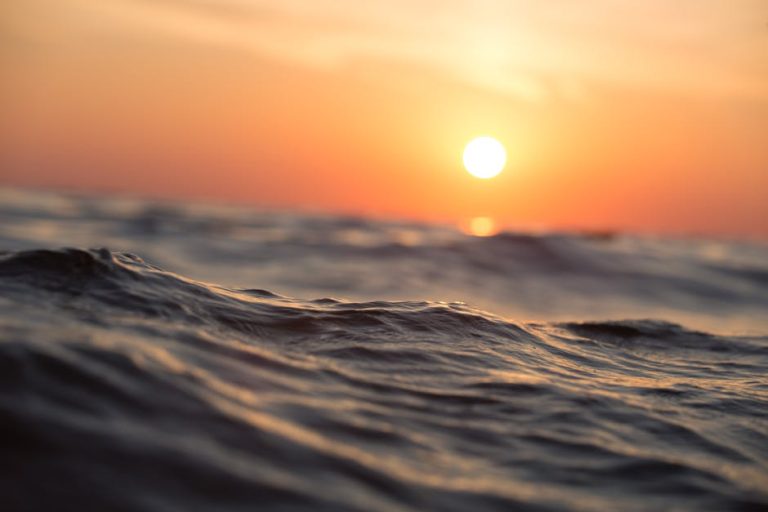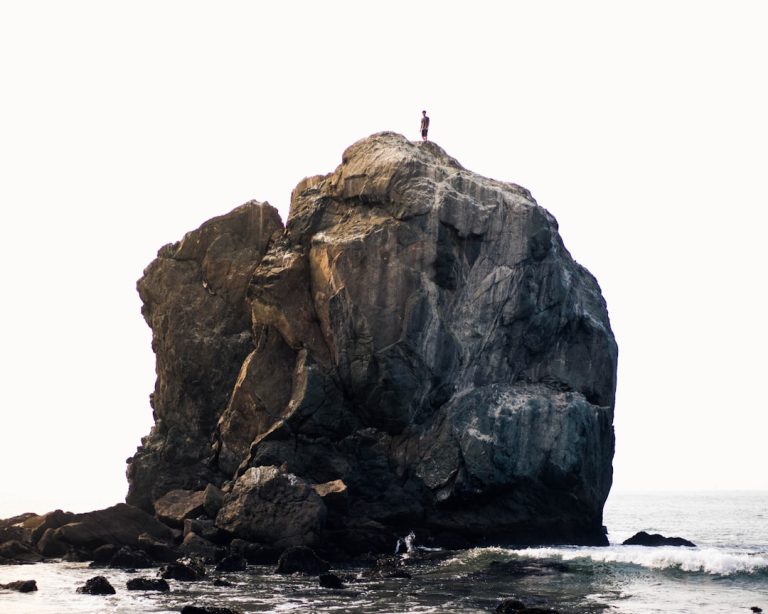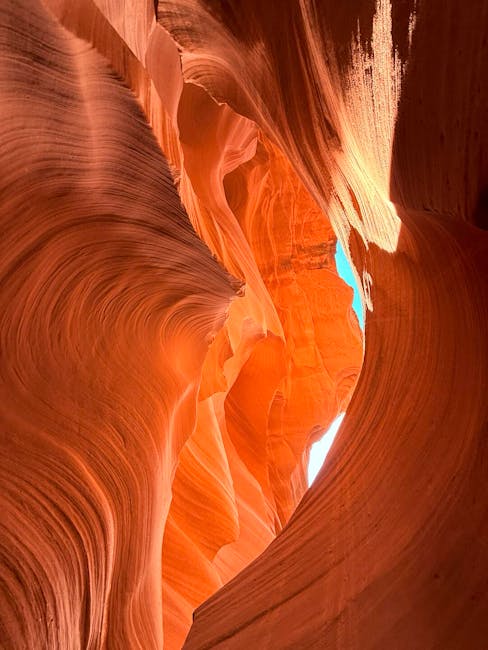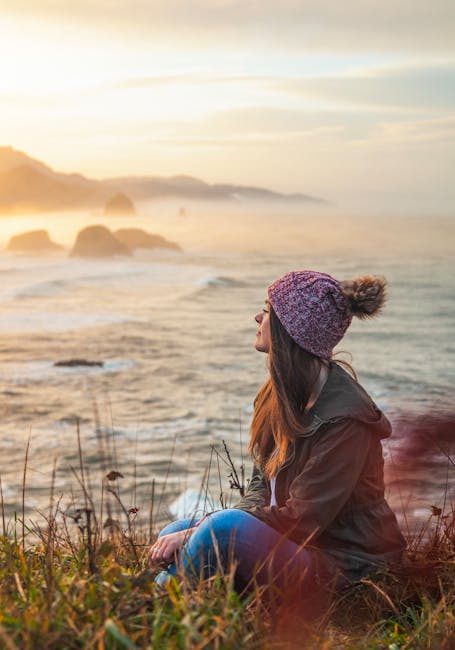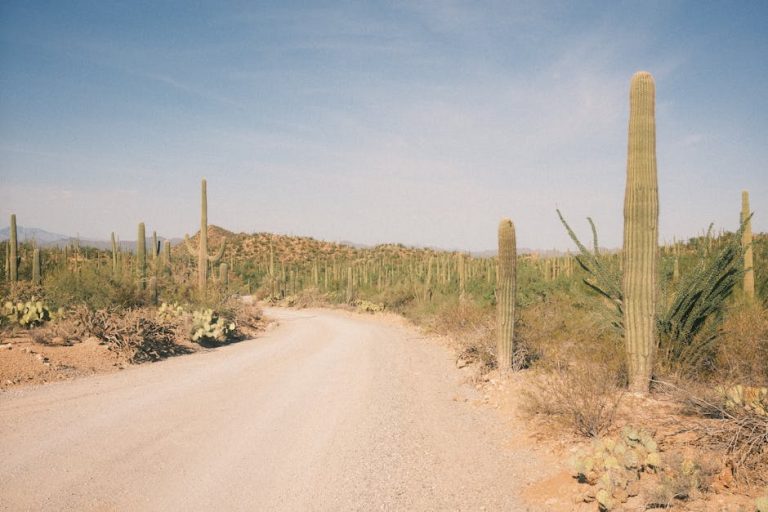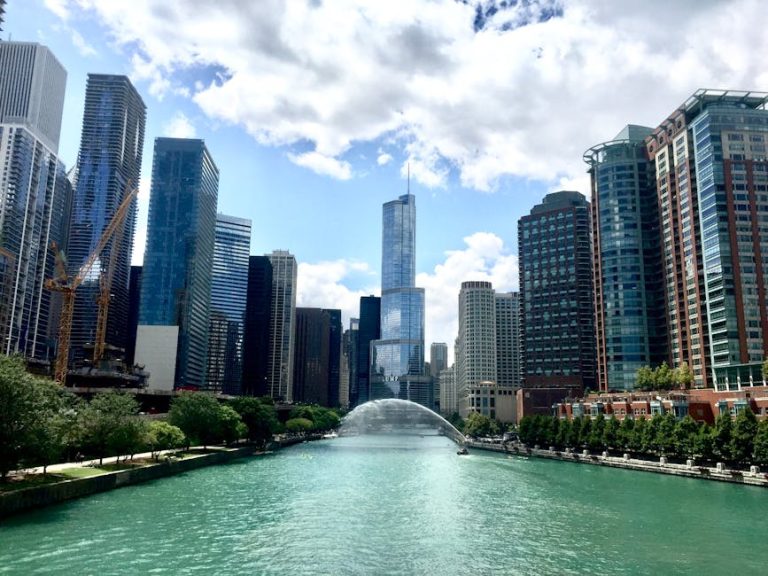Ready to ditch the pricey hotels and embrace the great outdoors? Car camping is an awesome way to experience nature without sacrificing too much comfort. Think of it as a blend between traditional tent camping and RV life – you get the flexibility to explore different locations and the convenience of having your car as your home base. This guide will walk you through everything you need to know to plan an unforgettable car camping adventure.

What is Car Camping?
Car camping simply means camping near your car, usually at a designated campground. Instead of backpacking miles into the wilderness, you drive right to your campsite and set up your tent next to your vehicle. This makes it easy to bring more gear, like comfortable sleeping pads, cooking equipment, and even a portable fridge! It’s perfect for families, beginners, or anyone who wants a more relaxed camping experience.
Benefits of Car Camping
Why choose car camping over other types of camping? Here are a few reasons:
- Convenience: Unload all your gear right from your car, no long hikes required!
- Comfort: Bring those extra creature comforts – a comfy chair, a good book, maybe even a small coffee maker.
- Accessibility: Many campgrounds offer car camping sites, making it easy to find a spot.
- Cost-effective: Car camping is generally cheaper than staying in hotels or renting an RV.
- Flexibility: Explore different campsites and destinations with ease, moving your “base camp” as you please.
Planning Your Car Camping Trip
The key to a successful car camping trip is careful planning. Here’s a step-by-step guide:
- Choose Your Destination: Research campgrounds in areas you’d like to visit. Consider factors like scenery, amenities (restrooms, showers, water), and activities (hiking, fishing, swimming). Websites like Recreation.gov and ReserveAmerica are great resources.
- Make Reservations: Popular campgrounds can fill up months in advance, especially during peak season. Book your campsite early to avoid disappointment.
- Create a Packing List: This guide includes a comprehensive packing list below, but customize it based on your needs and the weather forecast.
- Plan Your Meals: Decide what you’ll be eating and pack accordingly. Consider easy-to-prepare meals that require minimal cooking equipment.
- Check the Weather: Stay updated on the weather forecast leading up to your trip and pack appropriate clothing and gear.
- Inform Someone of Your Plans: Let a friend or family member know your itinerary and expected return date.
Essential Car Camping Gear
Having the right gear can make or break your car camping experience. Here’s a checklist of essential items:
- Tent: Choose a tent that’s the right size for your group and can withstand the elements.
- Sleeping Bag: Select a sleeping bag with a temperature rating appropriate for the expected nighttime temperatures.
- Sleeping Pad: A sleeping pad provides insulation and cushioning for a comfortable night’s sleep.
- Camp Chairs: Relax in comfort around the campfire.
- Camp Table: A portable table provides a surface for cooking, eating, and playing games.
- Cooking Equipment: Pack a portable stove, cookware, utensils, and cleaning supplies.
- Food and Water: Bring plenty of non-perishable food and water, or a water filter/purifier.
- Lighting: Headlamps, lanterns, or flashlights are essential for navigating the campsite at night.
- First-Aid Kit: Include bandages, antiseptic wipes, pain relievers, and any personal medications.
- Navigation Tools: Bring a map, compass, or GPS device, especially if you plan on hiking.
- Toiletries: Pack toiletries like soap, shampoo, toothbrush, toothpaste, and toilet paper.
- Trash Bags: Pack out everything you pack in!
- Appropriate Clothing: Layering is key! Pack clothing suitable for a variety of weather conditions.
- Bug Spray: Protect yourself from mosquitoes and other biting insects.
- Sunscreen: Protect your skin from the sun’s harmful rays.
Setting Up Camp
Once you arrive at your campsite, follow these steps to set up your camp:
- Choose a Level Spot: Look for a flat, level area for your tent. Clear away any rocks, sticks, or debris.
- Pitch Your Tent: Follow the manufacturer’s instructions to properly pitch your tent.
- Organize Your Gear: Keep your gear organized and easily accessible. Use bins or bags to store items.
- Set Up Your Cooking Area: Designate a separate area for cooking away from your tent to prevent accidents.
- Build a Campfire (If Allowed): Check for fire restrictions before building a campfire. Never leave a campfire unattended.
Campfire Safety
Campfires are a classic part of the camping experience, but it’s important to practice campfire safety. Always check for fire restrictions before building a fire. Clear a 10-foot radius around the fire pit of any flammable materials. Never leave a campfire unattended, and always extinguish it completely with water before leaving the campsite or going to sleep. Remember to “drown, stir, and feel” to ensure the fire is completely out and cold to the touch.
Food Safety
Keeping your food safe while camping is crucial to avoid getting sick. Store perishable foods in a cooler with plenty of ice. Keep raw and cooked foods separate to prevent cross-contamination. Cook food thoroughly and wash your hands frequently with soap and water, especially before preparing food.
Leave No Trace Principles
It’s important to practice Leave No Trace principles to minimize your impact on the environment. Pack out everything you pack in, dispose of waste properly, stay on designated trails, and respect wildlife. Leave your campsite cleaner than you found it so that others can enjoy the natural beauty of the outdoors.
Safety Tips for Car Camping
Your safety is paramount when car camping. Be aware of your surroundings, especially at night. Store food properly to avoid attracting animals. Keep a first-aid kit handy and know how to use it. Stay hydrated and be mindful of the weather conditions. Let someone know your itinerary and expected return date.
Car Camping Alternatives
If car camping isn’t for you, there are other options to consider. Tent camping involves backpacking into a campsite and carrying all your gear. RV camping provides more comfort and amenities but can be more expensive. Glamping offers a luxurious camping experience with pre-set tents and amenities.
Frequently Asked Questions (FAQ)
What’s the best car for car camping?
The best car for car camping depends on your needs and preferences. SUVs and trucks offer more cargo space and ground clearance. Sedans can work well too, especially for campgrounds with easy access. Consider the number of people you’ll be camping with and the amount of gear you’ll be bringing.
How do I deal with bugs while car camping?
Use bug spray with DEET or picaridin to repel mosquitoes, ticks, and other biting insects. Wear long sleeves and pants in areas with high bug activity. Consider using a mosquito net or screen tent for added protection. Citronella candles can help keep bugs away from your campsite.
What do I do if it rains while car camping?
Make sure your tent is waterproof and has a rainfly. Set up a tarp over your campsite to provide shelter from the rain. Pack rain gear, including a waterproof jacket and pants. Bring a book or games to keep yourself entertained while you’re stuck in your tent.
How do I find free car camping spots?
While designated campgrounds usually require fees, you can often find free dispersed camping spots on public lands managed by the Bureau of Land Management (BLM) or the Forest Service. Research dispersed camping regulations in the area you plan to visit. Be prepared to be self-sufficient, as these areas typically lack amenities like restrooms and water.
Car camping is a fantastic way to connect with nature, create lasting memories, and experience the outdoors on your own terms. By following this guide, you’ll be well-prepared for a safe, comfortable, and unforgettable adventure. So pack your bags, grab your gear, and get ready to explore the beauty of the natural world!

